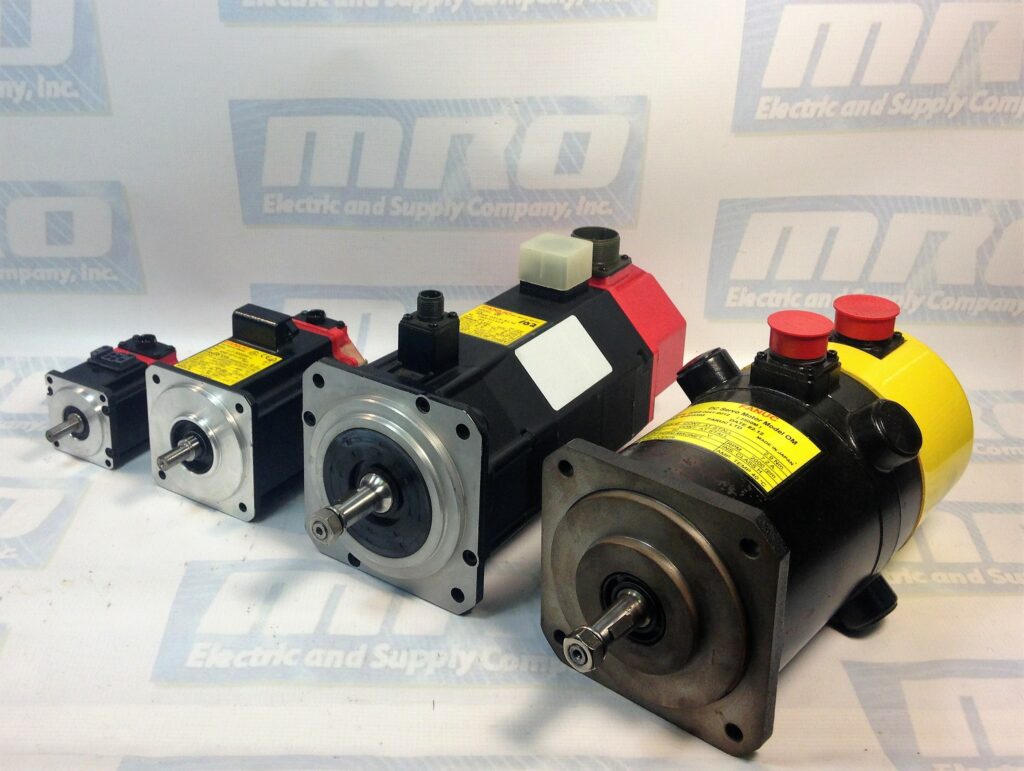
Servo motors exist as a crucial component in industrial automation. Without them the entire industry sits at a literal standstill. For this reason engineers design modern servo motors with durability and longevity in mind. That being said, the demands of the industry vary and longevity as a concept is only relative to what is being demanded. Maintenance and environmental factors also play a role in the life span of a servo motor.
Read more: How to Extend the Life of a Servo MotorHere are some common faults with server motors as well as a few suggestions on maintaining and extending the life of your servo motor.
Common Faults
- Contamination: Dust, dirt, or moisture getting inside the motor can damage components and hinder performance.1
- Overheating: This is a major concern and can be caused by mechanical issues (binding, overloading) or electrical problems (excessive current, failing components).
- Bearing Failure: Worn bearings due to age, lack of lubrication, or contamination can lead to noisy operation and eventually complete motor failure.
- Winding and Cable Faults: Internal shorts or damage to the windings or control cables can disrupt motor function.
Ways to Extend the Life of Your Servo Motor
- Preventative Maintenance: Regular cleaning, inspection, and lubrication (if applicable) can catch problems early and keep your servo motor running smoothly.
- Reduce Load and Strain: Don’t overload the servo motor beyond its capacity. If possible, use a servo motor with a higher torque rating than the minimum required for your application.
- Manage Temperature: Ensure proper ventilation around the servo motor to prevent overheating. You might need to adjust operation cycles or add cooling fans in high-stress environments.
- Limit Travel Extremes: Avoid constantly running the servo motor to its full range of motion. This can put extra stress on the gears and motor windings.
- Use Shock Absorbers: If the servo motor deals with impacts at the end of its travel, consider adding shock absorbers to absorb impact and reduce stress.
- Choose the Right Servo: Select a servo motor with specifications that match your project’s needs. Consider factors like torque, speed, and operating voltage.
- Proper Power Supply: Ensure a steady and appropriate voltage supply to the servo motor. Fluctuations can damage internal components.
While the majority of servo motors are designed to withstand a lot of punishment put out by the demands of production they still retain a lifespan. This lifespan varies based on a myriad of factors from environmental to basic maintenance. The importance of regular maintenance and preventative care to servo motors will not only extend the lifespan of their service, but also save a company a lot of money in the long run.
Have a Broken Server Motor?
MRO Electric offers services for repairs and part replacement. A customer representative can be reached by phone: (800) 691-8511.
Updated on June 10, 2024 by Ken Cheng